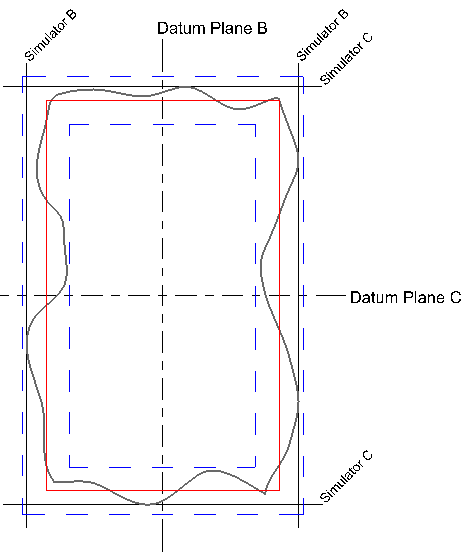lwh723
Mechanical
- Mar 1, 2016
- 4
Hi,
So hoping some experts can help me put a question to bed. I work in the electronics industry, so really don't need to use GD&T at all. However, our data sheet drawing has this call out, and it's been the source of much debate with some customers. I've attached a picture of how I understand it, but some customers are taking it to mean that the 0.1 profile zone encompasses the B & C edges of the part. But those are datums, so shouldn't be included, right? In general, I think it's just a poorly done, but that's another issue.
So hoping some experts can help me put a question to bed. I work in the electronics industry, so really don't need to use GD&T at all. However, our data sheet drawing has this call out, and it's been the source of much debate with some customers. I've attached a picture of how I understand it, but some customers are taking it to mean that the 0.1 profile zone encompasses the B & C edges of the part. But those are datums, so shouldn't be included, right? In general, I think it's just a poorly done, but that's another issue.



